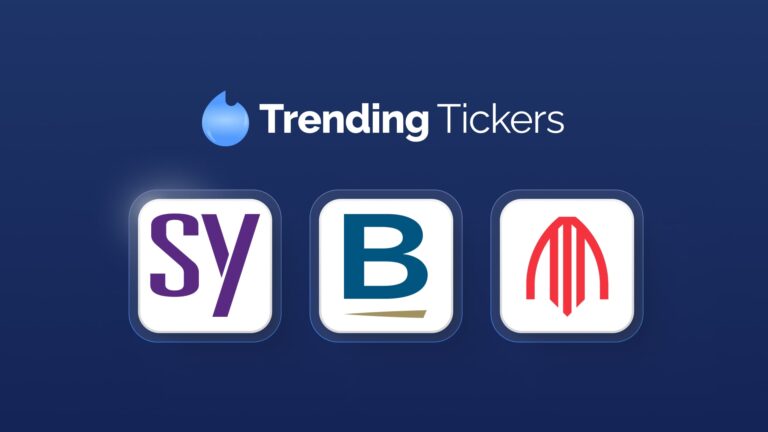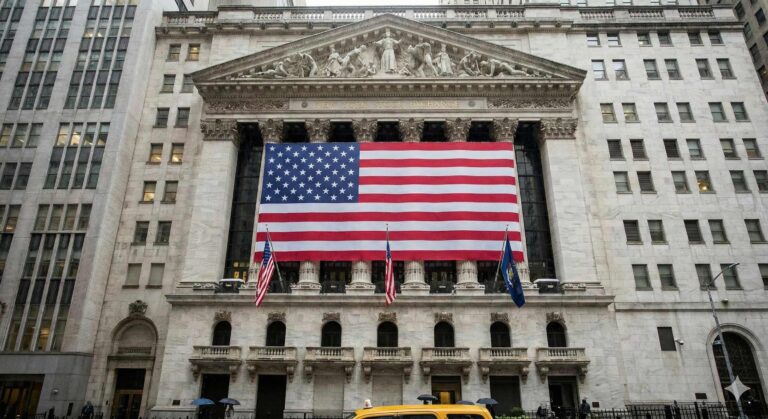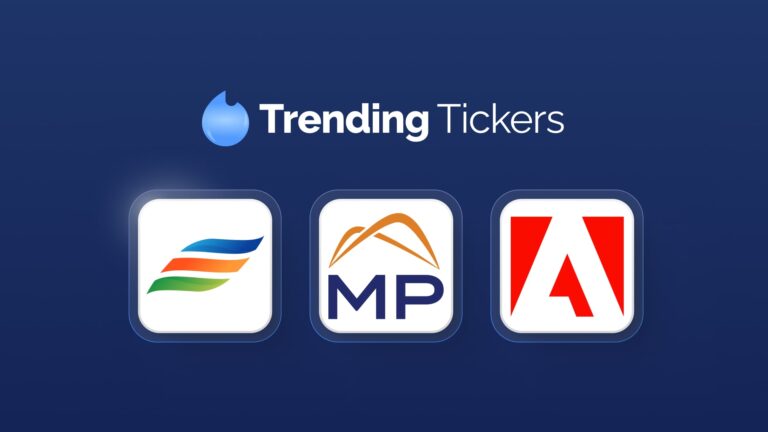13F Highlights: Where Top Investors Moved in Q3 2025
Retail investors closely watch quarterly 13F filings for clues to what star investors are buying or selling. The Q3 2025 filings (for holdings as of September 30, 2025) revealed several notable shifts. Below we break down the key portfolio changes of closely-followed investors like Michael Burry, Warren Buffett, Bill Ackman, Ray Dalio, David Tepper, and Stanley Druckenmiller.
Michael Burry (Scion Asset Management) flips to bearish bets on AI
Michael Burry, famous for predicting the 2008 housing crash, once again dramatically reshuffled his portfolio in Q3. After going long through call options on tech stocks in Q2, Burry reversed course and opened large put option positions against Nvidia ($NVDA) and Palantir ($PLTR), two of the year’s strongest AI performers. At the same time, he added bullish call options on Halliburton ($HAL) and Pfizer ($PFE), signaling a pivot toward defensive energy and healthcare names.
Burry also closed out all the call options he held in Q2 including prior bullish bets on Lululemon, Meta, ASML, Alibaba and several others.
On the equity side, he pared his holdings to only a few high conviction positions. He doubled his stake in Lululemon ($LULU) to 100,000 shares but sold off the rest of the stocks he held in Q2. Scion’s filing shows new equity positions in SLM Corp ($SLM) and Molina Healthcare ($MOH), while earlier holdings such as Estée Lauder and Regeneron no longer appeared. Overall, Burry moved from an aggressive Q2 stance to a more defensive and bearish posture in Q3 by betting against major AI names, rotating into traditionally safer sectors, and concentrating his stock picks.
Warren Buffett (Berkshire Hathaway) buys Alphabet and trims Apple
Warren Buffett’s Berkshire Hathaway made several headline moves in Q3 2025, including a rare addition from the FAANG group. The conglomerate initiated a $4.3 billion stake in Alphabet, purchasing 17.85 million shares of Google’s stock. This was Buffett’s first ever investment in Google’s parent company and marked a notable shift given his long standing reluctance to own major tech companies outside of Apple.
Berkshire also continued to trim its Apple ($AAPL) holding during the quarter. Even after selling roughly 8 million shares, Apple remained Berkshire’s largest position at more than $50 billion.
Additional adjustments included exiting D.R. Horton ($DHI) after accumulating the position confidentially in Q2. At the same time Berkshire increased its stake in Lennar ($LEN), reflecting continued confidence in the U.S. housing market. The firm also added to Chubb, Sirius XM, Domino’s Pizza, and Lamar Advertising while reducing positions in Nucor ($NUE), VeriSign ($VRSN), DaVita ($DVA), Bank of America ($BAC), and Apple.
Overall, Buffett’s final filing as CEO before handing the reins to Greg Abel highlighted continued net selling and a significant reallocation into Alphabet as the firm adjusts its tech exposure ahead of the leadership transition.
Bill Ackman (Pershing Square) trims tech winners and makes no new buys
Bill Ackman’s Pershing Square made no new investments in Q3 as the fund maintained its high conviction approach. Instead, Pershing focused on selective trims to manage position sizes after strong gains. The fund reduced its Alphabet ($GOOGL) stake by around 10 percent. It also made very small reductions of less than 1 percent in Brookfield (BN), Restaurant Brands ($QSR), and Uber ($UBER). These moves appear to be routine rebalancing rather than a shift in conviction.
Pershing’s portfolio remains highly concentrated with only 11 holdings totaling roughly $14.6 billion. Its top allocations include Uber, Brookfield, Howard Hughes Corp, Alphabet across two share classes, and Amazon. Ackman left his new Q2 position in Amazon completely unchanged, reinforcing his confidence in the company. In summary, Ackman made minimal adjustments in Q3 and stayed mostly neutral.
Ray Dalio’s Bridgewater cuts mega cap tech and pivots to semiconductors and Netflix
Bridgewater Associates carried out another major portfolio overhaul in Q3 2025. After fully exiting Chinese stocks in Q2, the fund shifted its focus to trimming U.S. mega cap tech exposure. Bridgewater reduced its Nvidia ($NVDA) stake by 65 percent, cut Microsoft ($MSFT) by 36 percent, and reduced Alphabet ($GOOGL) by more than half. These changes likely locked in substantial gains from the year’s AI driven rally.
Despite cutting back on mega cap tech, Bridgewater did not step away from the sector entirely. Instead the fund rotated into semiconductor and hardware names. It initiated new positions in Applied Materials ($AMAT) and Robinhood ($HOOD) and more than doubled its stake in Lam Research ($LRCX).
Bridgewater also made bold moves in communication and media by increasing its Netflix ($NFLX) holding by almost nine times and its Verizon ($VZ) stake by more than eight times. The firm also added to Adobe and lifted its exposure to the S&P 500 ETF (IVV). These shifts reveal a rotation from expensive mega cap AI names into semiconductors, hardware, streaming, and telecom where valuations appear more attractive.
After two dramatic quarters, Bridgewater has clearly repositioned toward a more diversified and value oriented mix within technology.
David Tepper (Appaloosa) shifts from Intel to AMD and trims UnitedHealth
David Tepper’s Appaloosa Management was highly active in Q3. One of the most notable moves was selling the fund’s entire Intel ($INTC) stake, which had been purchased only one quarter earlier, and opening a large new position in AMD ($AMD) totaling 950,000 shares. Tepper also exited Oracle ($ORCL). This shift reflects a preference for AMD’s growth outlook over Intel’s.
Appaloosa added new positions in Fiserv ($FISV), American Airlines ($AAL), Truist Financial ($TFC), and KeyCorp ($KEY), highlighting selective interest in financials and cyclicals.
The fund also took profits on earlier winners. Tepper significantly reduced his UnitedHealth Group ($UNH) position after dramatically increasing it in Q2. He trimmed Amazon ($AMZN), Meta ($META), Uber ($UBER), and Vistra Energy ($VST). Even with trims in some Big Tech names, Tepper remained bullish on semiconductors by increasing his Nvidia ($NVDA) exposure almost five fold, adding to Qualcomm ($QCOM), and boosting Baidu ($BIDU).
By the end of the quarter, Alibaba ($BABA) remained Appaloosa’s largest holding followed by Amazon, Whirlpool ($WHR), Nvidia, and Alphabet. Tepper’s Q3 activity reflected a mix of rotation, profit taking, and selective additions.
Stanley Druckenmiller (Duquesne Family Office) doubles down on Big Tech
Stanley Druckenmiller continued his aggressive pivot into tech and growth stocks in Q3. His firm purchased 437,000 shares of Amazon ($AMZN), 76,000 shares of Meta Platforms ($META), and more than 100,000 Class A shares of Alphabet ($GOOGL). These quickly became major positions.
Druckenmiller also added a new position in GE Vernova ($GEV), signaling interest in industrial transformation and energy infrastructure.
To fund these moves, Duquesne exited positions in Microsoft ($MSFT) and Eli Lilly ($LLY). The sale of Microsoft is especially notable because it was a large new buy just one quarter earlier. This suggests a rotation from highly crowded AI trades into names with potentially better relative upside. Duquesne also made smaller increases in Teva (TEVA) and Bank of America (BAC). Its top holdings remain a mix of biotech, semiconductors, and financials.
After years of caution, Druckenmiller is firmly back in risk on mode with a clear focus on AI and consumer tech strength.
Bottom line
The Q3 2025 13F reports show both similarities and differences in how elite investors are positioning. One clear theme is renewed focus on U.S. tech and AI related stocks. Some investors chose to add aggressively while others preferred to lock in gains. Warren Buffett and Stan Druckenmiller made large additions to Alphabet and Amazon, while Ray Dalio and Bill Ackman trimmed those positions after strong appreciation. Michael Burry moved from bullish to bearish on AI linked names, reflecting concerns over overstretched valuations.
Another notable trend is continued retreat from Chinese equities. Bridgewater stayed completely out of China. Ackman remained out. Burry closed his Alibaba calls. Tepper reduced some Chinese exposure although he increased his position in Baidu, which stands out as an exception.
Finally, the strong interest in UnitedHealth Group ($UNH) seen in Q2 became less uniform in Q3. Tepper reduced his position significantly and Burry appears to have exited. Buffett’s Q2 purchase, however, still looks like a long term conviction bet.
For retail investors, it is important to remember that 13F filings are backward looking snapshots. They show what these managers held on September 30, not what they are buying right now. Even so, they offer valuable insight into how top investors are adapting to shifting markets. The Q3 picture highlights cautious recalibration, increased selectivity within tech, continued pullback from China, and a wide range of opinions on where long term value lies.
This article is for informational purposes only and is neither investment advice nor a solicitation to buy or sell securities. All investment involves inherent risks, including the total loss of principal, and past performance is not a guarantee of future results. Always conduct thorough research or consult with a financial expert before making any investment decisions. BBAE has no position in any investment mentioned.














